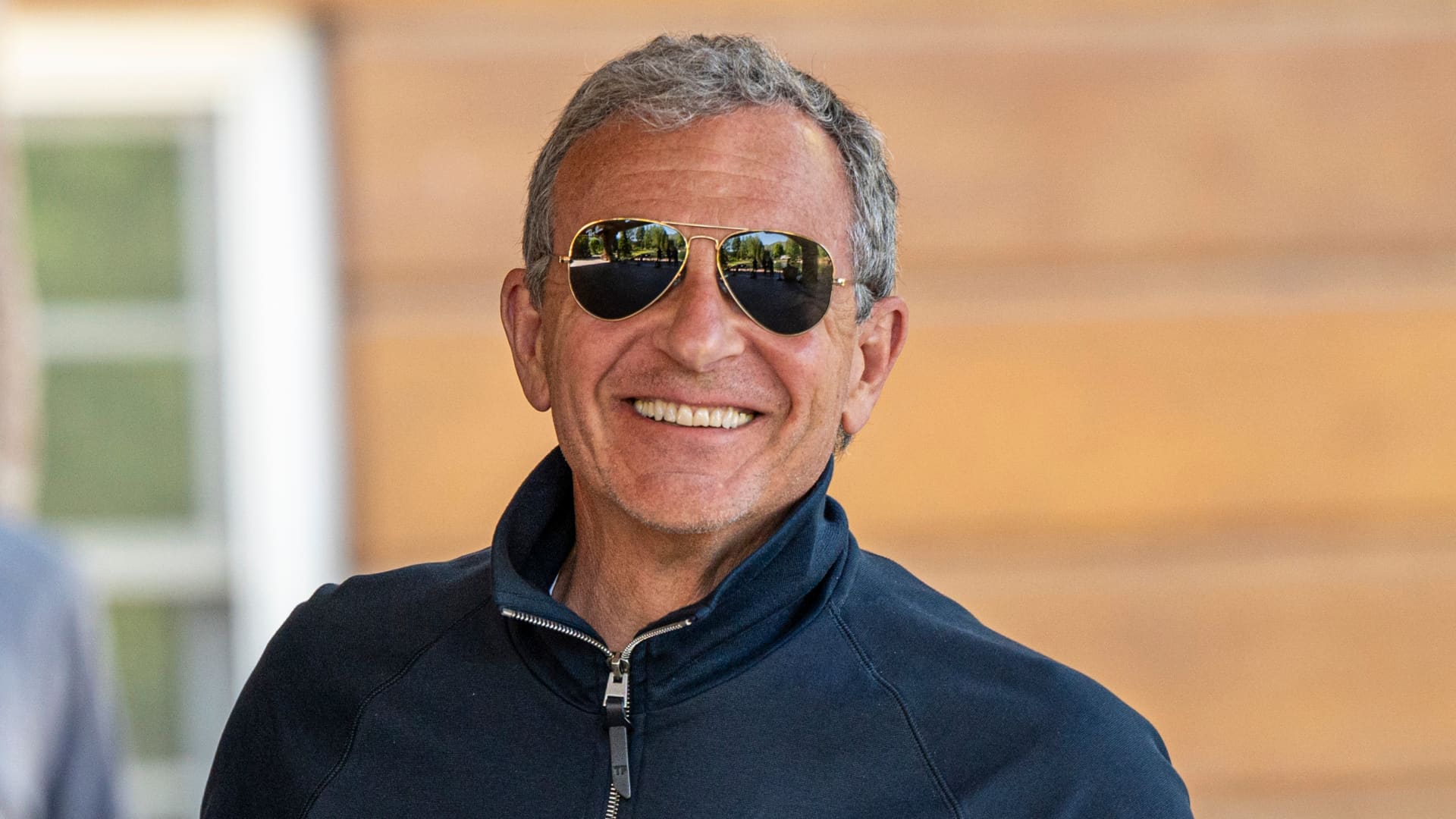
Shares in electric vehicle maker Tesla sank to a new 52-week low on Tuesday, closing around $138 per share, or 8% lower for the day in an otherwise mixed day for stocks.
CEO Elon Musk tried to blame the sinking price partly on macroeconomic factors.
Long-time Tesla bull Ross Gerber wrote in a tweet, “Tesla stock price now reflects the value of having no CEO. Great job tesla BOD – Time for a shake up. $tsla.” Gerber has launched an informal campaign to have fellow shareholders vote to appoint him to Tesla’s board of directors.
Musk replied, in a tweet, “As bank savings account interest rates, which are guaranteed, start to approach stock market returns, which are not guaranteed, people will increasingly move their money out of stocks into cash, thus causing stocks to drop.”
Elon Musk speaks during a press conference at SpaceX’s Starbase facility near Boca Chica Village in South Texas on February 10, 2022.
Jim Watson | AFP | Getty Images
But Tesla’s stock has dropped more than other larger automakers since Musk announced his plans to buy Twitter in Apr. 2022. Since that date, Tesla shares are down 59%, versus 26% for Ford and 12% for GM. The S&P 500 is down 14%.
The Tesla chief has a lot of distractions, as Gerber notes: Musk has been stirring controversy as the new owner and CEO of Twitter, the social media giant which he acquired in a leveraged buyout in late October, and is also the CEO of a major defense contractor, SpaceX.
Musk sold billions of dollars of his Tesla holdings to finance the Twitter deal, including a $3.6 billion sale earlier this month.
He told Twitter employees he sold Tesla shares to “save” their business while proceeding to cut more than half of staff at the company and rolling out a host of policy changes, some of which he later reverses.
While Musk has been focused on his new role as “Chief Twit” since late October, Tesla has been offering discounts and incentives to sell cars in China, where it operates a major factory in Shanghai; fighting to make its new factories in Austin, Texas, and Brandenburg, Germany, efficient; and facing persistent supply chain challenges endemic to the auto industry, along with soaring energy prices in Europe which may reduce the appeal of a battery electric vehicle for many drivers.
Those, among other challenges, led Mizuho Securities and Evercore ISI to reduce their Tesla price targets on Tuesday.
Mizuho Securities analysts wrote in a note, that “near-term, we see potential weakness in Tesla sales as macro headwinds and a weaker consumer could drive lower demand for higher-priced EVs.” The firm is still bullish Tesla long-term, citing the company’s new factories as a competitive advantage, and new electric vehicle tax credits on the horizon in the US which could “accelerate demand” domestically. In China, some EV credits are expiring as of the start of 2023. The firm has a price target of $285 and a buy rating on shares of Tesla.
A Vanderbilt University assistant professor, Joshua White, who formerly worked as an economist for the U.S. Securities and Exchange Commission, told CNBC, “Only some of the drop in Tesla’s value can be blamed on interest rates. Twitter overhang is one important component. China is another huge component. We still don’t know if China will be open all the way, and we see there is supply and demand pressure here in light of the increase in covid cases, and disruptions.”
He also said Elon Musk may have lost shareholders’ trust when he said in April that he didn’t plan to sell more of his Tesla shares, but went ahead and sold billions of dollars’ more.
“He seems to sell equity in really large blocks, say ‘I’m done and I’m not selling anymore.’ But talk is cheap. He says that and then sells more shares. So the more you say that and investors think he’s probably not done? The less confident they will be that the price is going to bounce back.”





